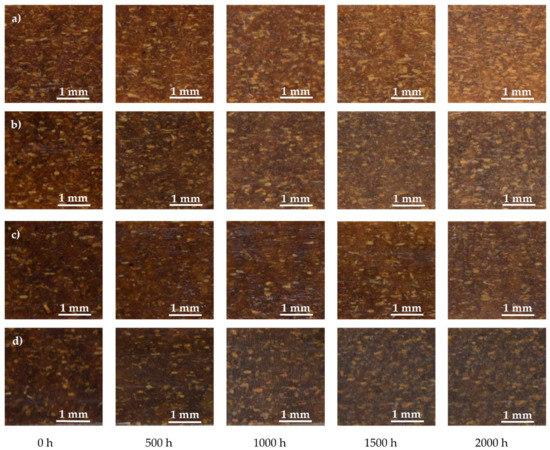
Ultraviolet Weathering Performance of High-Density Polyethylene
16:08 - 18/03/2019
Evaluation of chemical treatments on dimensional stabilization of archeological waterlogged hardwoods obtained from the Thang Long Imperial Citadel site, Vietnam
Natural durability of the culturally and historically important timber: Erythrophleum fordii wood against white-rot fungi
Shrinkage and swelling behavior of archaeological waterlogged wood preserved with slightly crosslinked sodium polyacrylate
Natural durability of Erythrophleum fordii Oliver against white rot fungi
Shrinkage and swelling behavior of archaeological waterlogged wood treated with polyacrylic acid resin
Natural durability of the culturally and historically important timber: Erythrophleum fordii wood against white-rot fungi
Shrinkage and swelling behavior of archaeological waterlogged wood preserved with slightly crosslinked sodium polyacrylate
Natural durability of Erythrophleum fordii Oliver against white rot fungi
Shrinkage and swelling behavior of archaeological waterlogged wood treated with polyacrylic acid resin
Ultraviolet Weathering Performance of High-Density Polyethylene/Wood-Flour Composites with a Basalt-Fiber-Included Shell
1 Key Laboratory of Biobased Material Science & Technology (Education Ministry), NortheastForestry University, Harbin 150040, China
2 Vietnam Academy of Forest Sciences, VAFS, Đuc Thang, Bac Tu Liem District, Ha Noi 100000, Vietnam
*Author to whom correspondence should be addressed.
Abstract
In this study, high-density polyethylene (HDPE)/wood-flour composites with a basalt fiber (BF)-reinforced shell were prepared by coextrusion. After exposing these composites to ultraviolet weathering for 2000 h, their performances were examined from their measurements of color, surface morphology, and chemical properties. As a control, UV326 was also added to the shell formula. The weathered surface was characterized by scanning electron microscopy, Fourier transform infrared (FTIR) spectroscopy, and X-ray photoelectron spectroscopy. The results revealed that the shells filled with 8% and 12% BF exhibited low lightness and color change in comparison to those filled with UV326 for a limited duration. The composite shells with the combined BF and UV326 exhibited the least discoloration and surface cracks. FTIR spectra revealed that the oxidation of the composites increases with the duration of exposure to the assessment of the carbonyl group concentration on the surface. The combination of BF and UV326 revealed a synergistic effect on the alleviation of the photooxidation of wood-plastic composite shell layers, verifying the UV-shielding effect.https://www.mdpi.com/2073-4360/10/8/831


